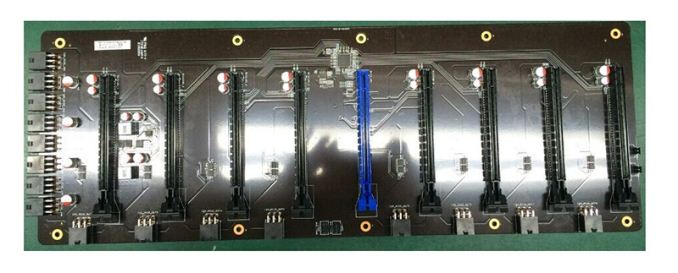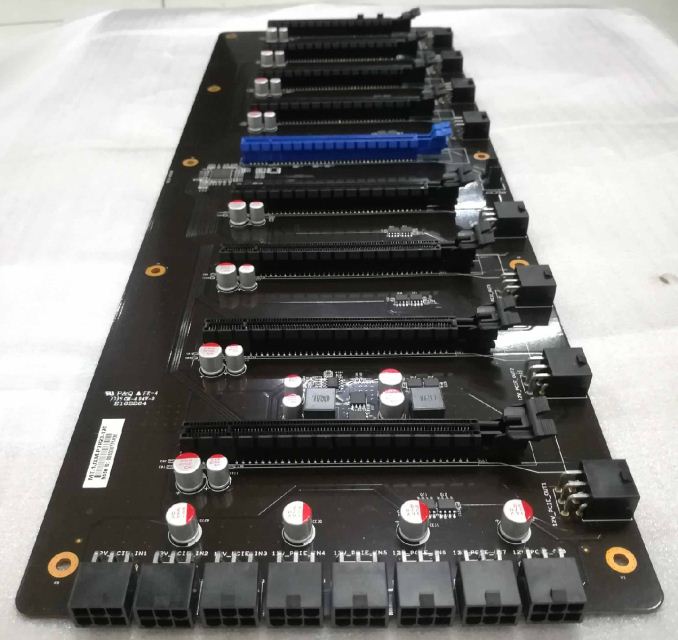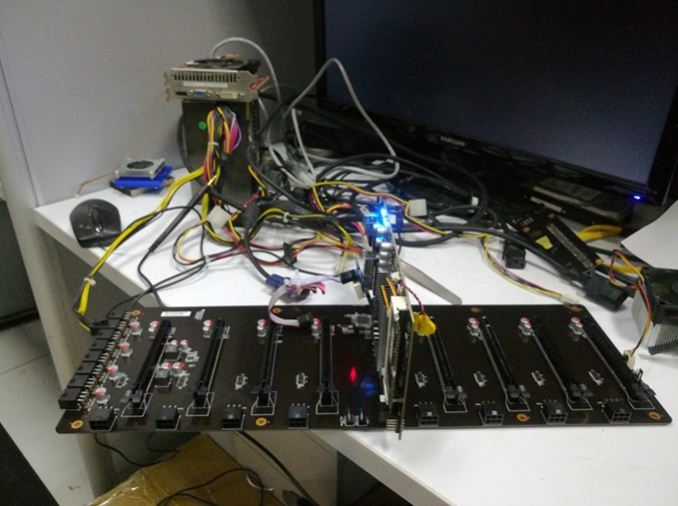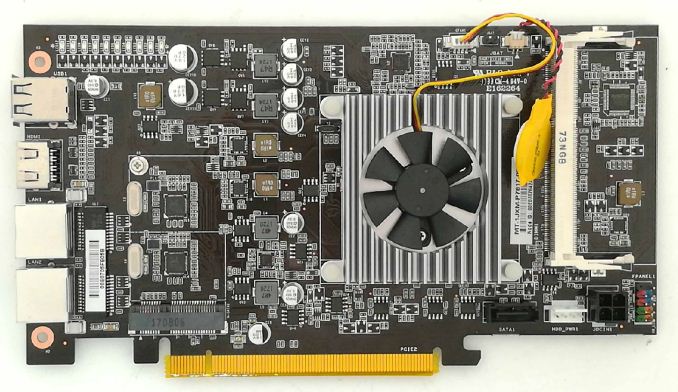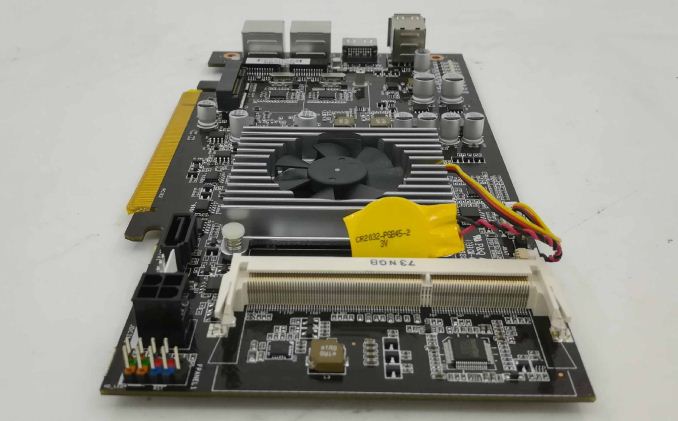Author: IlSoftware.it
I vari produttori hardware sono in procinto di lanciare i nuovi notebook aggiornati con i processori di ottava generazione.
ASUS lo ha appena fatto togliendo il velo da sei notebook che utilizzano ciascuno dei sei processori Intel presentati dalla società di Santa Clara lo scorso agosto: Processori Intel Core di ottava generazione disponibili da oggi.
Si tratta di CPU che dispongono di quattro core fisici e otto core logici con frequenze di base comprese tra 1,6 e 1,9 GHz e tra 3,4 e 4,2 GHz in modalità turbo. I processori montano anche una sezione grafica UHD Graphics 620 capace di permettere la riproduzione di contenuti video 4K UHD e HDCP 2.2.
Così come Intel, ASUS promette il 40% di performance in più grazie al numero di core logici a disposizione, nonostante le CPU lavorino a frequenze di clock inferiori rispetto ai processori di settima generazione.
Il primo notebook che è stato presentato è lo ZenBook 3 Deluxe UX490: dotato di uno schermo da 14 pollici, utilizza un processore Core i7-8550U, 16 GB di RAM e un’unità SSD da 512 GB. Offre porte Thunderbolt 3 e il suo prezzo è fissato nell’ordine dei 1.699 dollari.
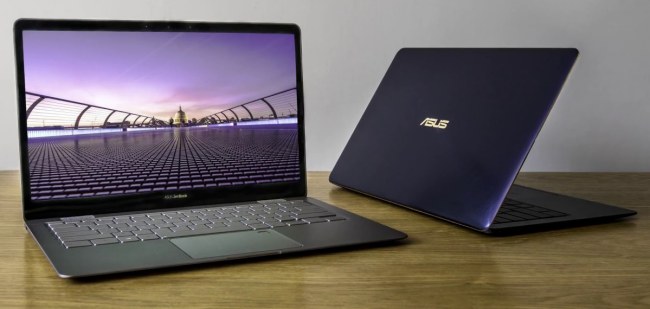
Uno dei convertibili 2-in-1 di ASUS che ha subìto un aggiornamento è lo ZenBook Flip S UX370 spesso appena 10,9 mm e dal peso di 1,1 kg.
Questo sistema è equipaggiato con un processore Core i7-8550U, 16 GB di RAM, SSD da 512 GB, display Full HD touch da 13,3 pollici, due porte USB 3.0 Type-C e lettore di impronte digitali.Al mercato “di massa” si propone invece ZenBook UX330, un dispositivo dotato di case in alluminio con uno spessore pari a 13,5 mm e un peso di 1,18 kg.
Lo ZenBook UX330 sfrutta una CPU Core i5-8250U, un display Full HD da 13,3 pollici, 8 GB di RAM e 256 GB di storage. Oltre al lettore di impronte digitali, il sistema offre una porta USB 3.0, una USB 3.1 Type-C, un lettore di schede SD e una micro-HDMI. Il prezzo base è di 749 dollari.
ZenBook UX430 include un processore Core i7-8550U, 16 GB di RAM, un SSD da 512 GB, una porta USB 3.1 Type A, una USB 3.1 Type C, una USB 2.0, un card reader e una micro-HDMI. La tastiera è retroilluminata e molto simile a quella di altri modelli presentati, con uno spessore del singolo tasto di appena 1,4 mm. Il prezzo è di 1.099 dollari.
Tra i notebook di fascia media, spicca un altro convertibile, il VivoBook Flip TP510 che poggia su una CPU Core i7-8550U, 8 GB di RAM, hard disk da 1 TB e uno schermo touch FullHD da 15,6 pollici. Il prezzo è di 899 dollari.
Infine, VivoBook S510 integra una CPU Core i7-8550U ma aggiunge una scheda grafica GeForce MX150 dedicata. Lo schermo è da 15,6 pollici mentre il resto della dotazione hardware prevede 8 GB di RAM, un SSD da 256 GB, un hard disk da 1 TB e il supporto per la ricarica veloce. Il prezzo è di 899 dollari.




